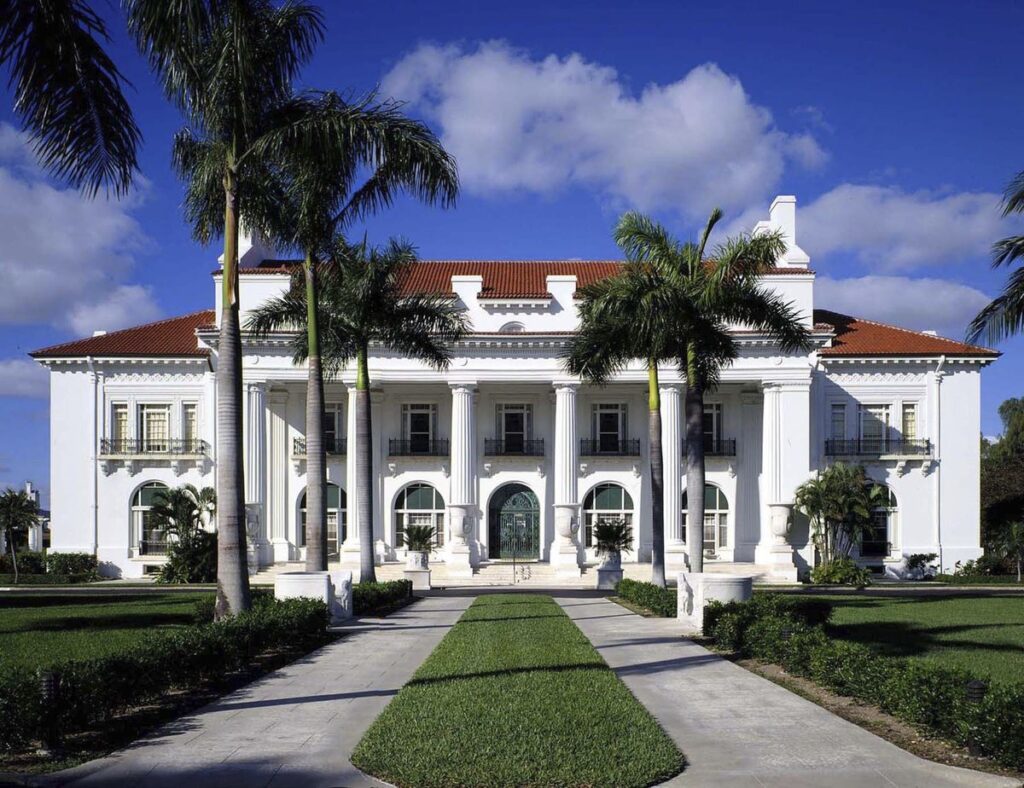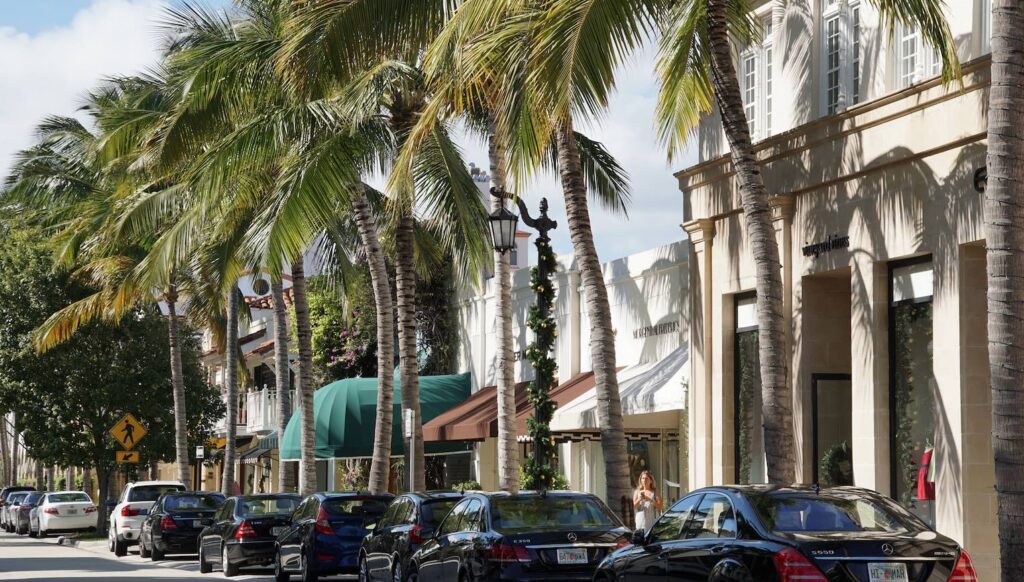Nearly three centuries after Ponce De Leon embarked to discover the fountain of youth, a shipwrecked Spanish brigantine forged the path of another discovery. Bound for Barcelona from Havana, the Providencia and its hull of 20,000 coconuts found providence in what would later become South Florida’s second oldest incorporated municipality. The year is 1878, as the ship lay stuck on the shoals of sand and reef that lay off of South Florida, sailors wade to shore. Behind them the bulky hull of the ship washed ashore with its cargo of coconuts.
Coconut Palms, not native to Florida, took root easily in the sandy soil and the near-tropical climate. Originally, the area was called Lake Worth, named for a General in the Second Seminole War. Yet, it was the abundance of palms that lent its name not only to the island of Palm Beach but the town, the area, and eventually the county. This easy cultivation led these early castaways to seek to commercialize the crop with coconut plantations. However, it was the island’s idyllic beauty and warm climate that drove its development.
Gilded Age America’s wealthy sought out places far removed from the filth of late 19th century urban life. The salty crisp air of Newport being a favorite location of the railroad men and the Titans of Wall Street. Still, winter came to Newport, frigid, and at times intolerable as N’oreasters bore down on its exposed promontory. It is no surprise then that word of Florida’s favorable climate spread to many of New York’s elite. Several found themselves open to the idea of somewhere else to winter. This set the stage for the man who would eventually make Florida and Palm Beach what it is today.

Henry Morrison Flagler Museum
Palm Beach, Florida
indeed Whitehall, Flagler’s Palm Beach winter home, was built by famed architectural firm Carrère and Hastings known for some the Nation’s greatest Beaux-Arts treasures. Today, Whitehall serves as the home of the Flagler Museum, preserving and educating today’s Palm Beach residents and visitors alike.
However, it was Flagler’s preferred renaissance style for his grand structures that set a precedent of the Medetteranian style for many private residences in Palm Beach. The second fire at The Breakers, set the scene for its third iteration as the grand palatial landmark known the world over today.
Unlike its seasonal counterpart to the north, that fell out of favor for the rich and nouveau rich, Palm Beach’s reputation for refinement and relaxed sophistication marched on through the middle of the twentieth century. Becoming the location of the winter White House of youthful President John F. Kennedy.
The influx of the glamorous and well-connected cemented rather than changed Palm Beach’s status as the American Riviera. The media’s bright lights introduced the general public to the refined pleasures of the Gold Coast of Florida.
Even as South Florida has boomed and Palm Beach’s equally famous sister cities to the south: Ft. Lauderdale and Miami have developed reputations for the yachting lifestyle and the refined continue to come to Palm Beach for what it is famous for: an essential destination for the well-heeled and its established social scene home to the most generous communities in America.

The Breakers

Worth Avenue
This forte for philanthropy informs a large part of the grand social functions that make Palm Beach famous. The numerous charity galas, balls, events, and concerts form the backbone of the social scene and shield the community from much of the criticism faced by other wealthy enclaves. Rather than resent the area’s wealth many national and local charities look to it for reaching their funding goals knowing that the generous denizens give freely to causes large and small. Likewise, for a region noted for its excess, Palm Beach shares its wealth in more ways than one. The Town of Palm Beach was incorporated on April 17, 1911.

